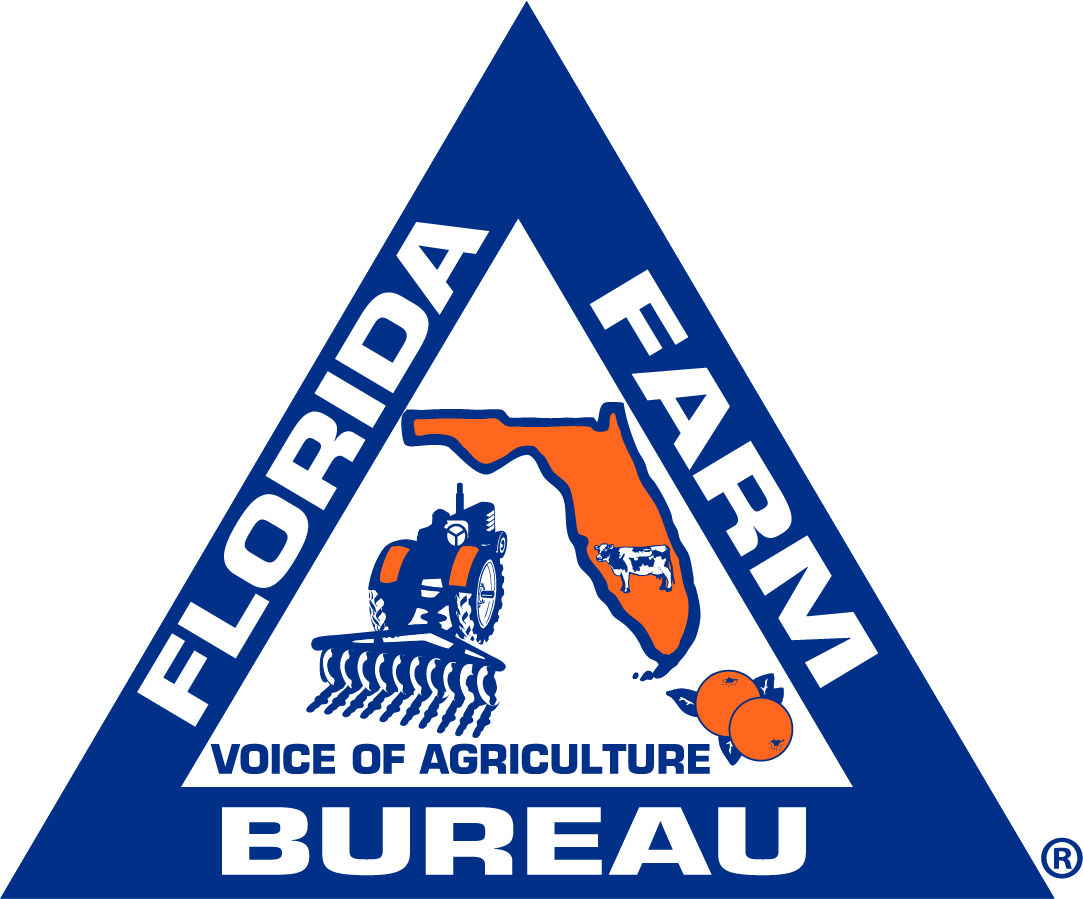July 27, 2015
Beating Mother Nature: How to Produce High-Quality Hay
Producing high-quality hay is a tough task. The biggest factor – Mother Nature – is out of farmers’ hands. Due to its extended dry time requirement, controlling hay quality can be very difficult. That said, hay growers can control or mitigate many factors that go into producing a high-quality crop.
It’s All About Timing
“The stage of maturity at harvest is one of the most important factors affecting forage quality,” says Cole Carling, Marketing Manager, Hay & Forage. Digestibility and nutrient values for most forages peak while they are in the vegetative stage. Cutting hay at that stage produces high-quality feed, but because the crop has not fully matured, yields are somewhat reduced. After the vegetative stage comes the seed stage with higher yields, but at the expense of less-digestible and fibrous hay.
Each producer needs to decide which method is better for his or her farm. A general rule of thumb: If dairy cows or horses are the target, choose quality over quantity. However, if beef cattle are eating the hay, higher quantity may be the right option due to beef animals’ ability to convert lower-quality forages into meat. According to University of Missouri specialists, most forage loses 20 percent of their total digestible nutrients (TDN) and 40 percent of protein when harvest lags as few as 10 days past the optimum stage of maturity.
Equipment Checkup
Having the right equipment is essential to harvesting hay at the optimal time. Take stock of your operation and determine if more equipment is needed to ensure a timely harvest for your crop. In addition, make sure all parts are running correctly, prior to harvest. Breakdowns take no regard for schedules, so double-check that all equipment is working. For assistance on repairs and checkups, contact your local Case IH dealership.
After the hay has been cut, dried and baled, the next step is to remove bales from hay fields as quickly as possible. Case IH’s complete lineup of tractors, loaders and attachments can help move hay efficiently from the field to storage.
Farm Bureau members can save $500 per unit on Case IH Maxxum® tractors, Farmall® C and U series utility and 100A series tractors, self-propelled windrowers and large square balers. A $300 per unit incentive is available for Case IH compact Farmall® B and C series tractors, Case IH Scout® utility vehicles and other hay tools, including round balers, small square balers, disc mower conditioners and sickle mower conditioners. You can combine the Farm Bureau incentive with other discounts, promotions, rebates or offers that may be available from Case IH or a Case IH dealer. Florida Farm Bureau members can go to fbverify.com/caseih to print your membership certificate.
Appropriate Storage
Properly storing baled hay can also reduce losses: “Outside-stored hay suffers the greatest losses in quality – as high as 25 percent between dry matter and feed value losses,” said Carling.
Covered storage may be more expensive, but minimizing loss can lead to improved return on investment.
“If outside storage is the only option, use well-drained sites, allow a minimum of 3 feet between bale rows, stay away from trees and other shady areas, and feed outdoor-stored hay first,” said Carling.
Overall, timely cutting, baling at the right moisture levels, and handling and storing bales properly can aid in a successful hay season.

